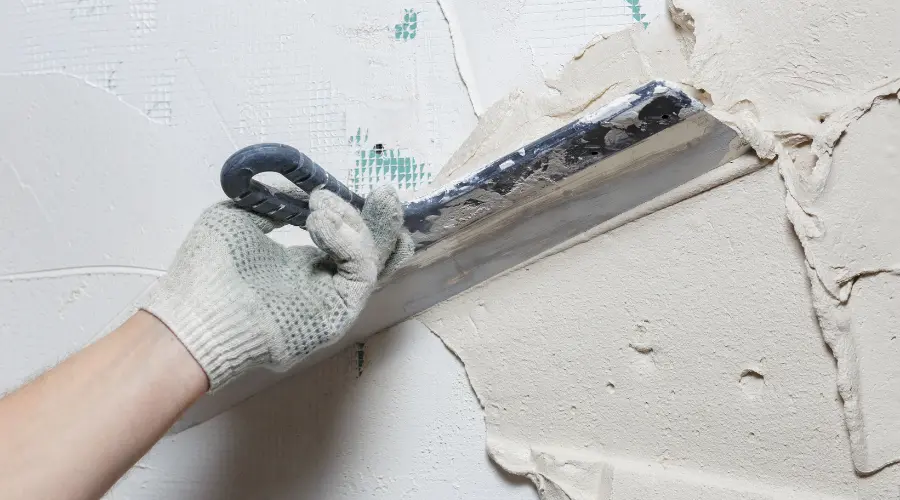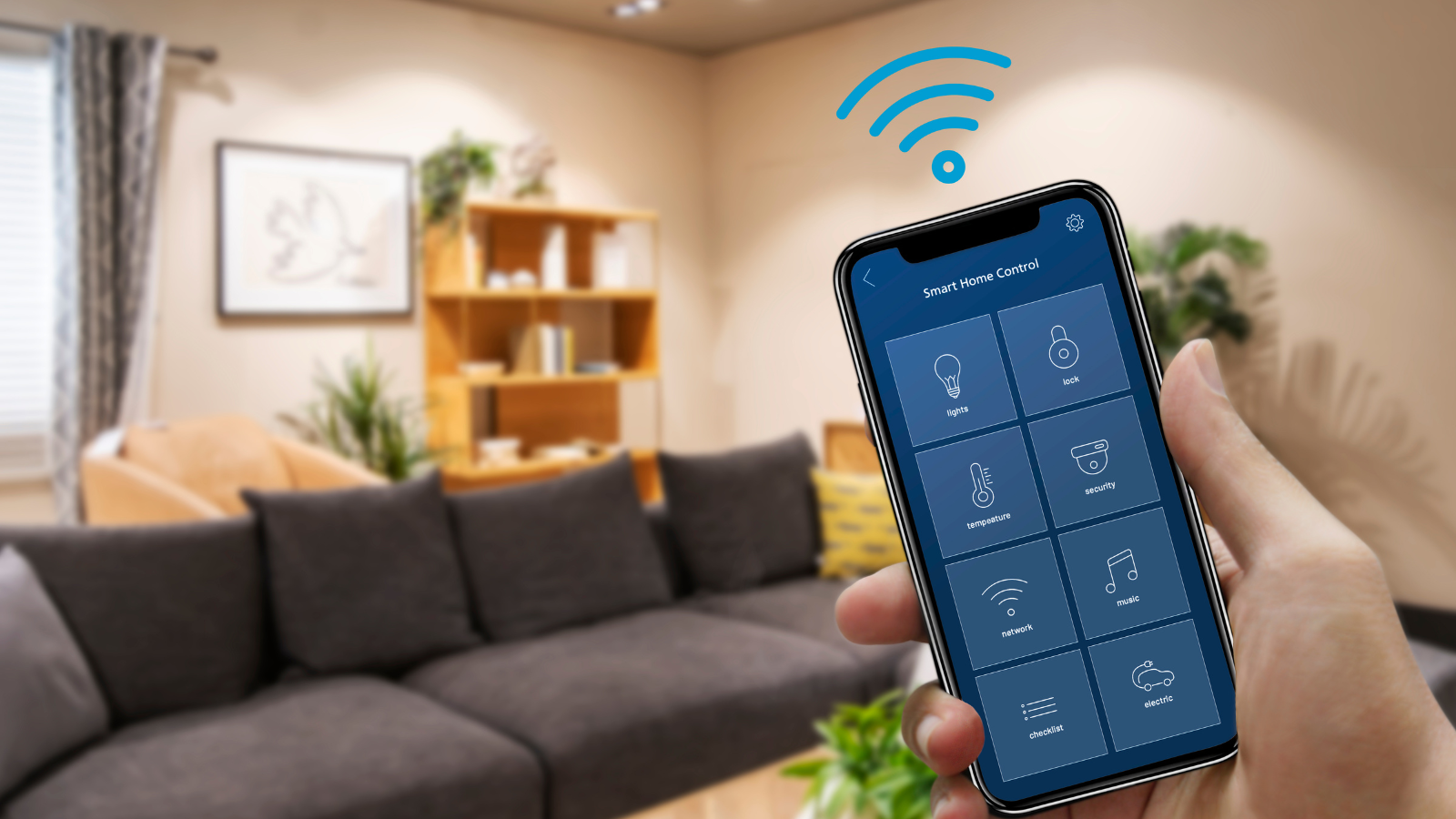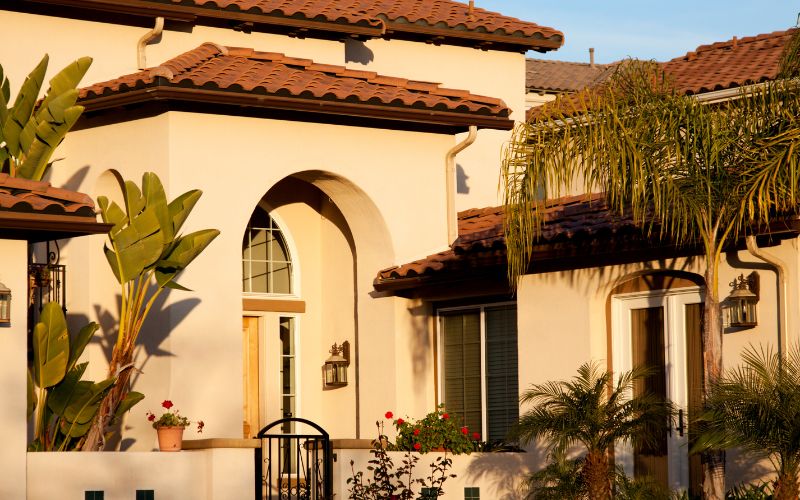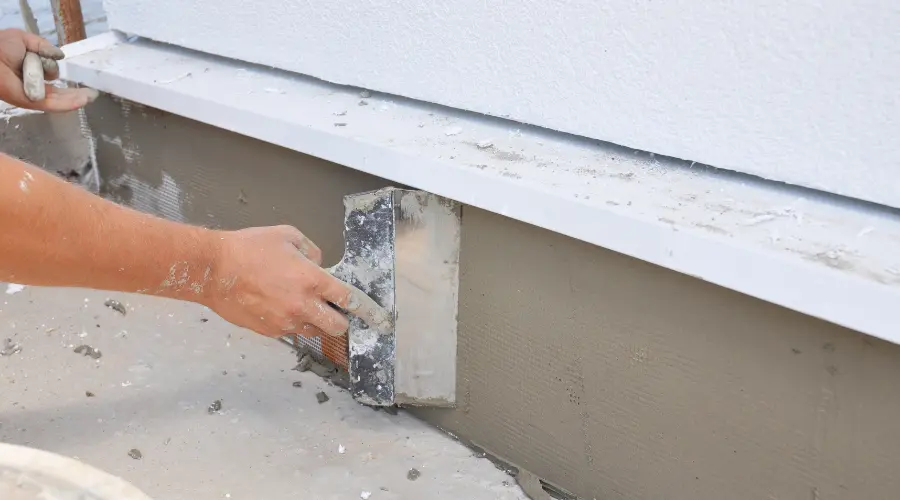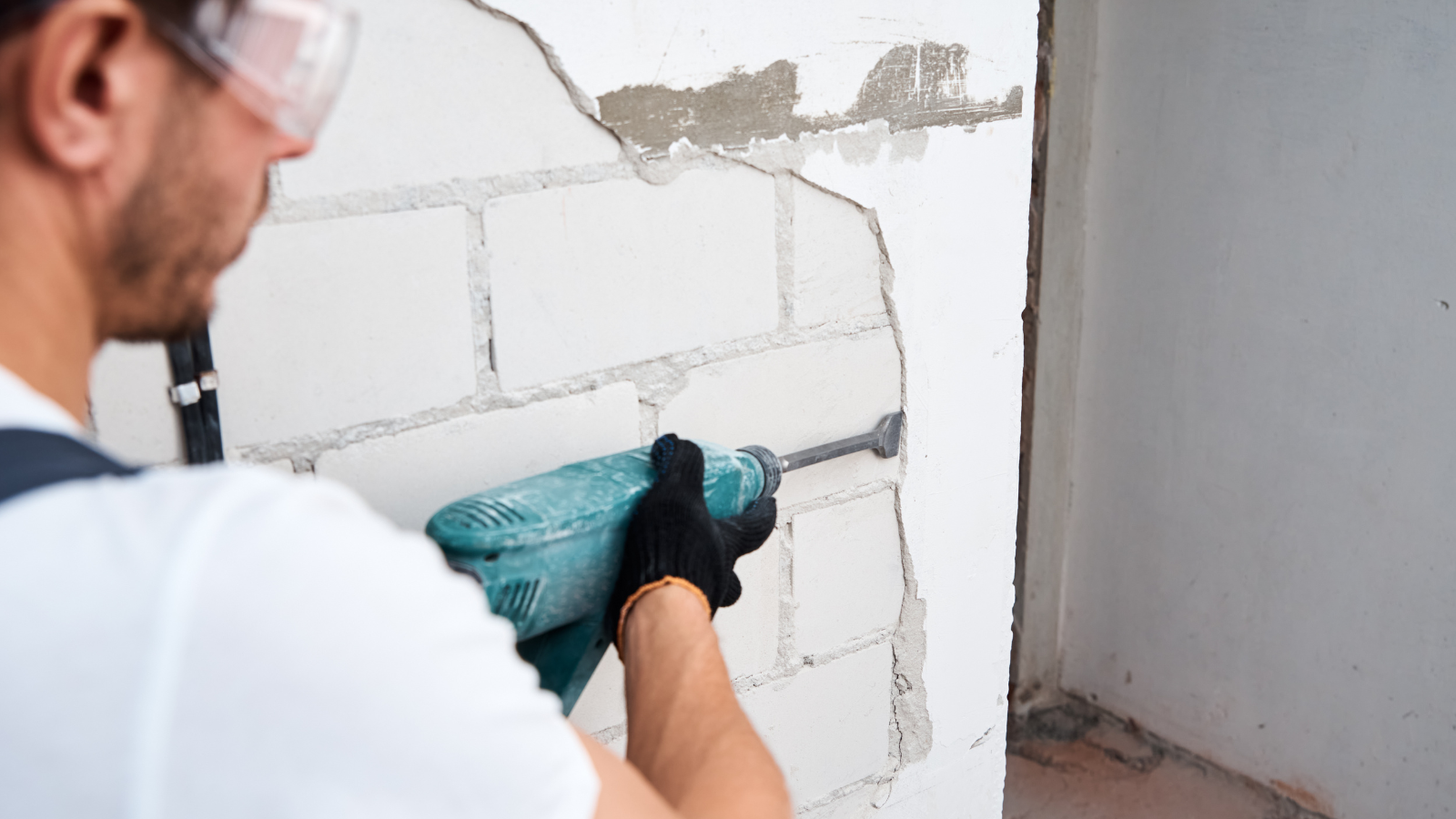The majority of homeowners give their homes’ outside appearance a great deal of consideration. Given that how your home appears has a big impact on how much it will be worth in the future, it is maybe the most crucial choice you can make regarding it. They first argue whether vinyl siding or stucco would be preferable before deciding on the best option. They then determine how to complete the space’s setup.
A few distinct factors need to be taken into account when choosing a material that will be utilized to cover the external walls of your home. Making the choice between plaster and vinyl siding for the building’s exterior is one of the difficulties. As always, thoroughly consider how these two solutions vary from one another before deciding which to go with.
Defining the Difference
Stucco and vinyl siding are two common alternatives to take into consideration whether upgrading the outside of your home or searching for a material to utilize on the exterior of a new home. What sort of stucco is better and what kind of vinyl should you choose? Let’s start by making it easier for you to tell it apart from the other stuff.
The choice you choose for your home’s exterior siding is perhaps the most significant one you will have to make. It goes without saying that it’s crucial to choose a material that will look good and improve the property’s overall curb appeal. However, choosing a material that can withstand the severe effects of the weather and climate is even more crucial. If you don’t, you risk having a hefty repair charge.
Stucco Siding
We’ll begin with the substance utilized in stucco. Its rounded, earthy appearance and extensive distribution in areas with high temperatures and low levels of moisture or humidity may have helped you remember it. Contrarily, plaster has a far wider range of applications than you may realize.
Because plaster is made of concrete, sand, and limestone mixed with water, it is strong and brittle and needs minimal support. Stucco removal may be a very costly and difficult task if you ever decide to renovate the outside of your home. One disadvantage of utilizing stucco plaster is this. However, if you do an internet search for a local stucco worker, our experts will be able to help you put it up without any trouble.
Vinyl Siding
PVC, short for polyvinyl chloride, is the main substance that makes up vinyl siding, which is available in a huge variety of hues, patterns, and patterns. It should be customized since it is one of the most common siding materials. Because of this, there is a good reason why you shouldn’t be concerned about your home looking precisely like other people’s houses.
It may often be identified by the linear board designs that resemble some kind of plastic material. Vinyl siding will give you outside a much more polished and ordered appearance. The quantity of energy it can generate is a special advantage. Its design has a defense layer that controls both the temperature in your home and the cost of your monthly energy bills. Find out if there are any local contractors that can install vinyl siding.
What time of year is ideal for replacing wood siding?
The siding on your house doesn’t last forever. Your house will stay in the greatest condition possible all year long if it has high-performing wood siding. During the winter, this siding will keep the warmth inside your house while keeping the cold out, and it will work the other way in the late spring. This not only prevents water damage to your house but also makes your energy production more efficient. Additionally, it helps to keep the stunning appeal of your property’s outside. What are some of the signs that it may be time to repair your home’s siding? It’s important to regularly check your outside wood siding and repair it as required since damaged wood siding might create a difficult situation.
Durability as the Crucial Factor
If you want to minimize future maintenance and repair expenses and hassles, toughness is crucial. Knowing how stucco walls are built, you are already aware of their durability. It can readily endure wind gusts of up to 130 miles per hour and can adjust to external climatic conditions.
Depending on how well it has been taken care of, it might endure from sixty to one hundred years if it is properly maintained. Conversely, vinyl can resist winds up to 110 mph; but, if wind damage does occur, vinyl is probably the most straightforward material to repair.
Stucco specialists claim that since it can withstand heat effectively, the substance is typically a preferred siding option in drier, arid climates. It does not, however, function nearly as effectively in more humid climates, which is an intriguing issue to take into account while residing in the Mid-Atlantic area. Despite becoming wet as rain merely rolls off of it, vinyl siding that has been properly put is a great option.
Blurring Problems
Another idea is also growing hazy. Because stucco has a propensity to lose its color over time, it must be painted on occasion to keep its lively look. The color is baked into high-quality vinyl siding during heating. Due to this, it is difficult to crack, peel, drop, rot, or discolor.
The amount of care something needs decreases as its durability rises. On the other hand, maintenance is an essential part in and of itself. When it comes to picking a choice, this aspect may be the deciding element for you as the property owner.
Although the two materials do not need any further support of any type, it is advised that the vinyl siding be cleaned at least once a year. This kind of siding just has to be washed once a year, at the proper intervals after installation, as the major maintenance.
On the other hand, the sun will eventually cause the stucco to become yellow, necessitating regular painting. In the same way, you must keep an eye out for any potential surface cracks that could develop. The good news is that it won’t be too tough to resolve this problem.
Conclusion
Although vinyl siding is less common than stucco, it makes more sense to install it since it is easier, cheaper, maintenance-free, and more energy-efficient. The outside of your house will look better with stucco, but it may not be the most economical or energy-efficient choice for you. For additional information, get in touch with the best stucco team right now.


